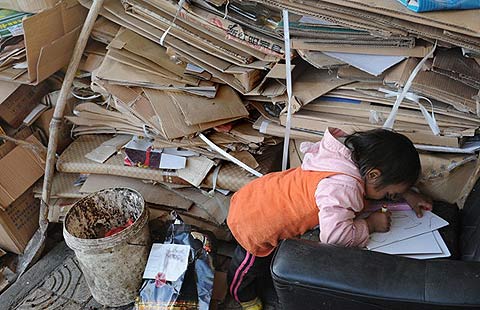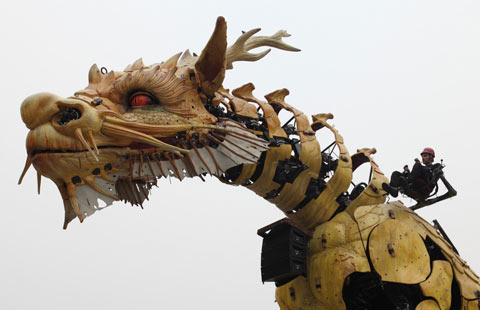Models of gates
Updated: 2014-11-21 12:28
(China Daily Europe)
|
|||||||||||
Chaoyangmen
This inner city gate, which translates as the Gate of the Morning Sun, was used to transport grain. Using a moat in front of the gate, Beijing's grain was shipped from Chaoyangmen to residents. Many rice storage buildings were located near the gate. Because of its role in distributing grain, Chaoyangmen was also known as the city's "life gate".

Deshengmen
The Gate of Victory. This was one of nine gates in Beijing's inner city, through which armies sent into battle by China's emperors would walk to begin their expeditions. Emperors of the Qing Dynasty (1644-1911) launched three major wars from here. If rivals wanted to invade Beijing, they would first have to forcefully take control of Deshengmen.

Yongdingmen
The name translates as the Gate of Eternal Stability. This was the most important of the seven gates in ancient Beijing's outer city. Its name signifies that the nation will remain stable and safe forever. Seeing the gate tells travelers they have arrived at Beijing.
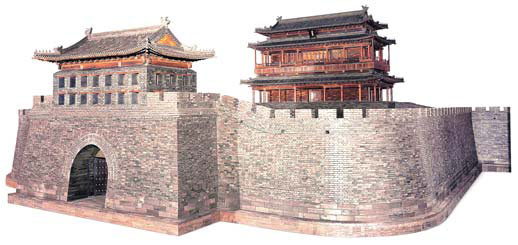
Dongzhimen
This inner city gate was known as the Gate of Wood. All the wood needed for the construction of palaces for royal families was transported through this gate, which was surrounded by woodwork factories and coffin stores.
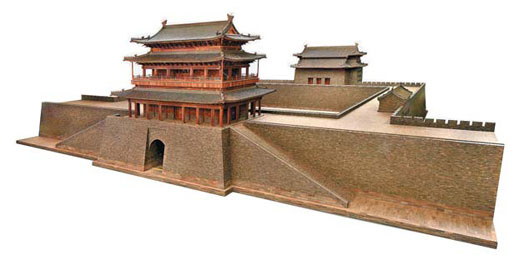
Xizhimen
This inner city gate functioned as the Gate of Water. Mineral water for emperors was fetched from a spring outside Beijing and sent to the palaces through this gate before sunrise.
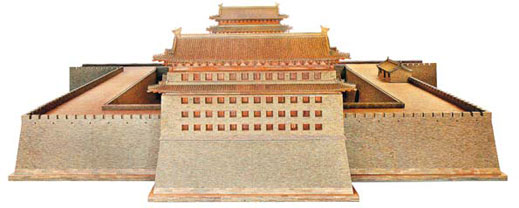
Andingmen
An inner city gate literally meaning the Gate of Peace. When generals and troops returned victorious from war, they would walk through the gate to report their triumph to emperors living in the Forbidden City.
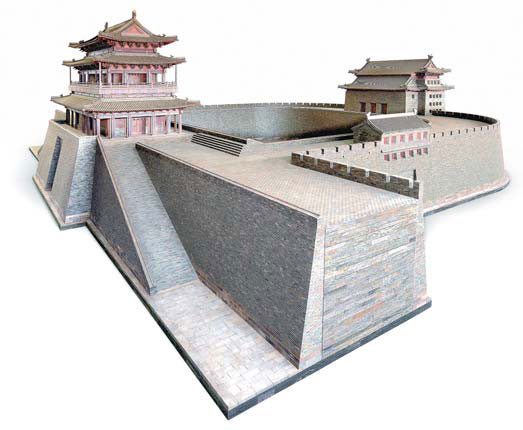
(China Daily European Weekly 11/21/2014 page16)
Today's Top News
China wants its voice heard in cyberspace
New standards set for air purifiers
Alipay brings the frenzy of Black Friday to China
US violates China sovereignty in HK
Cyber terrorism sparks Internet debate
Editorial: Mob politics rocks HK
UnionPay offers discounts to outbound tourists
Palace Museum opens door to special groups for free
Hot Topics
Lunar probe , China growth forecasts, Emission rules get tougher, China seen through 'colored lens', International board,
Editor's Picks

|

|

|
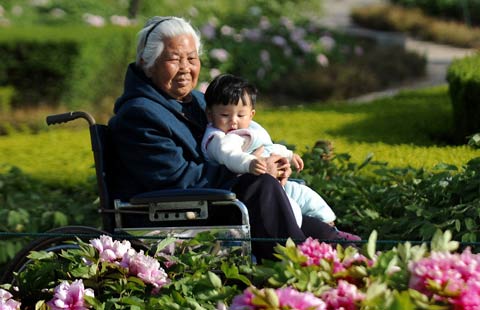
|
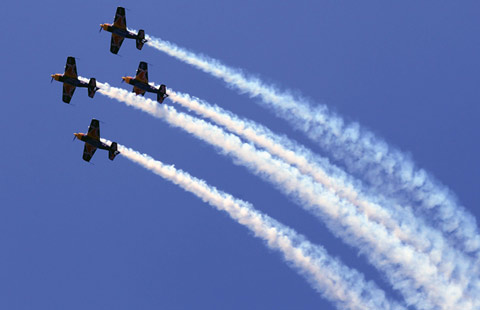
|
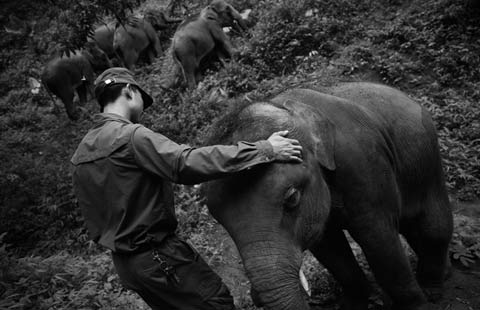
|


